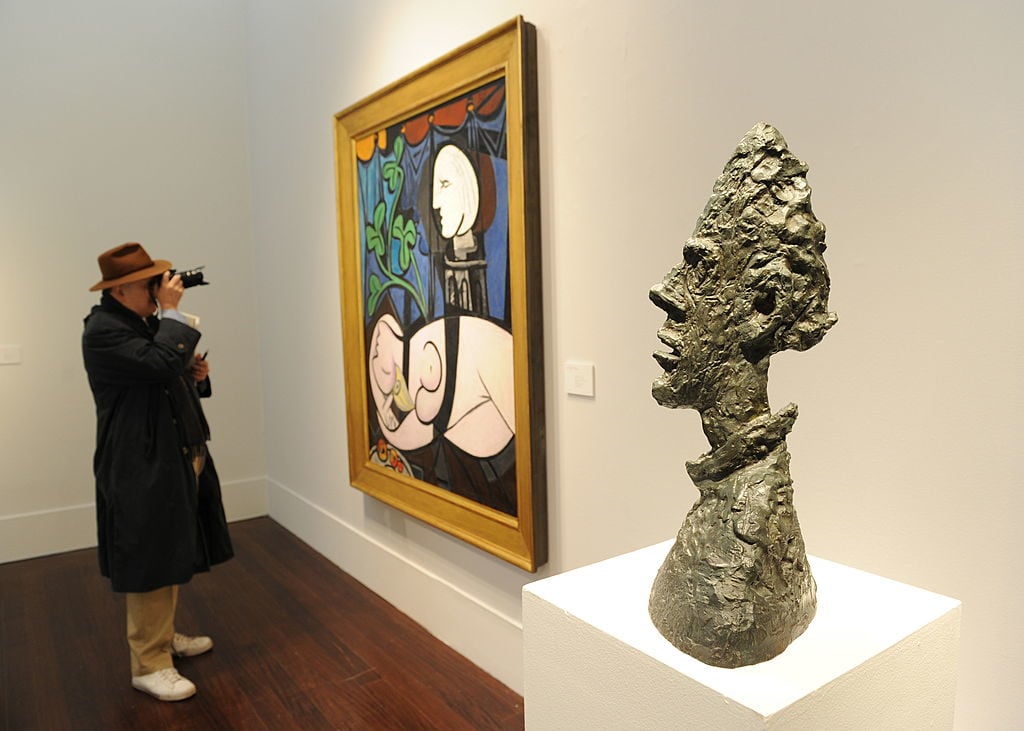Art World
A New Museum Dedicated to Picasso and Giacometti Is Launching in Beijing Next Year
France is taking full advantage of China’s growing demand for Modern art.

France is taking full advantage of China’s growing demand for Modern art.

Naomi Rea

Two of Europe’s most famous artists—Picasso and Giacometti—will be the subject of a new museum opening in Beijing in 2020.
Paris’s National Picasso Museum and the Giacometti Foundation are teaming up to manage the new institution for at least the first five years, from June 2020 through June 2025. (After that, they may extend the partnership or hand the museum over to Chinese management.) The institution will present up to four exhibitions each year.
“This unprecedented collaboration with China is part of an international outreach initiative initiated by these two major French collections,” the project’s partners said in a statement provided to Artnet News. “This project is an exceptional opportunity to present two of the greatest artists of the 20th century to the Chinese public in a sustainable way.”
An agreement of intent was first signed during the summer by the two French museums and the Beijing-based Sevenstar group, which runs Beijing’s 798CubeProject space, an art museum designed by Zhu Pei in Beijing’s 798 Art District. A final contract was signed in the presence of the French culture minister Franck Riester yesterday, November 5.
“This collaborative project is unique because it is not an exhibition project but a long-term project,” Catherine Grenier, the director of the Giacometti Foundation, said. “It is very important when you create a friendship that it lasts. We will remain united for a long time.”
The first exhibition at the new museum will, unsurprisingly, be dedicated to the 20th-century heavyweights. A spokesperson for the Giacometti Foundation says it is still “early days” and was unable to hint at what will be included in the inaugural show, but the two museums staged an exhibition dedicated to the pairing in 2016. That show included more than 200 artworks, including Picasso’s seminal Paul en Arlequin (1924) and Giacometti’s Femme qui marche (1932).
The 2016 show also unveiled an important new body of research revealing an unknown relationship between the two artists, who first met in the early 1930s and, despite having a 20-year age difference, formed a strong bond, writing to each other often about their artistic creations and arguing over the return of realism after World War II.
“This is the first time that a national museum has partnered with a private foundation to bring such a project to life,” Laurent Le Bon, the president of the National Picasso Museum, said in a statement over the summer.
The project is bound to find an eager audience. China is the world’s third-largest art market after the US and the UK, and there has been a huge surge in interest in Picasso following the first major retrospective of the artist’s work at the UCCA Center for Contemporary Art over the summer, which was organized in partnership with the Picasso Museum. That show drew around 300,000 people, making it the most-attended in the museum’s 12-year history.
The new Picasso-Giacometti project is also far from the only French-Chinese cultural collaboration underway. In October, the Rodin Museum revealed plans to open an outpost in Shenzhen and the Centre Pompidou x West Bund project in Shanghai was inaugurated by French president Emmanuel Macron earlier this week.